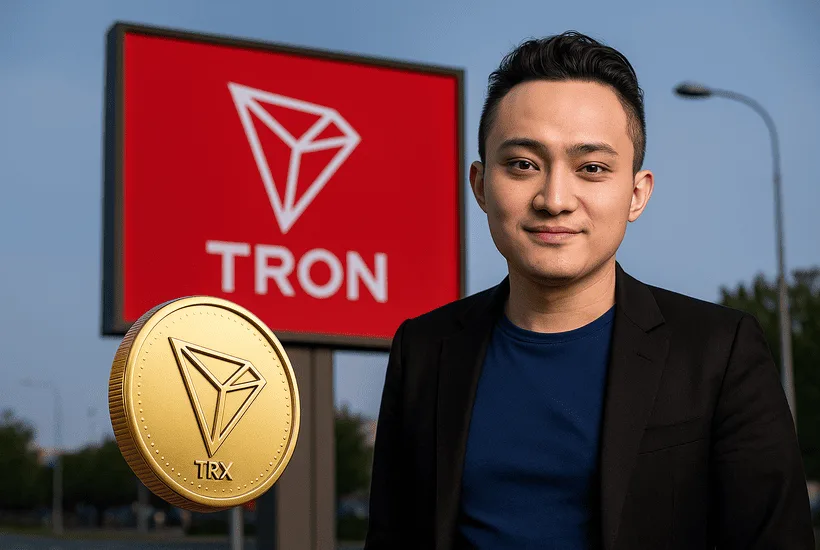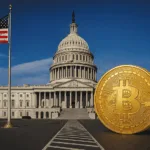Founder of TRON, Justin Sun, reassured his community that transaction fees on the TRON network would remain attractive even as the market gears up for a possible bull run. In an X post on August 21, Sun emphasized that affordability will remain a priority, despite upward pressure on the token’s value.
Sun said that Super Representatives (SRs) are closely monitoring rising fee pressure and will adjust dynamics as needed. Some of the tools they could use to make the adjustments include modifying unit price of energy, adjusting energy caps, and promoting energy staking. Since Super Representatives can tweak protocol parameters, they can balance market growth with user experience in times of volatility.
Newsletter
Get weekly updates on the newest crypto stories, case studies and tips right in your mailbox.
Understanding TRON’s fee model
TRON’s fee model operates through a Delegated Proof-of-Stake (DPoS) system. So TRON users don’t pay per-transaction fees like on Ethereum. Instead, they must hold or freeze enough Bandwidth or Energy resources allocated based on stake. Transactions within your allocation are free, but exceeding that requires payouts in TRX, which are then burned. When TRX appreciates, the fiat value of using these resources also rises. So, even routine actions become costlier in dollar terms, despite unchanged TRX amounts.
Caught in a bullish momentum
TRX is currently trading between $0.35 and $0.36. According to CoinMarketCap, the live price stands at approximately $0.3526, up nearly 1% in the past 24 hours. Technical charts suggest a bullish pattern with further upward movement. CoinDCX has forecasted that a rally toward $0.40–$0.42 could unfold if resistance breaks, though support near $0.34 remains crucial.
These developments also come at a time when TRON has launched strategic partnerships, including tokenized equities with Kraken’s xStocks and integration with MetaMask, as reported by CoinHeadlines earlier.













